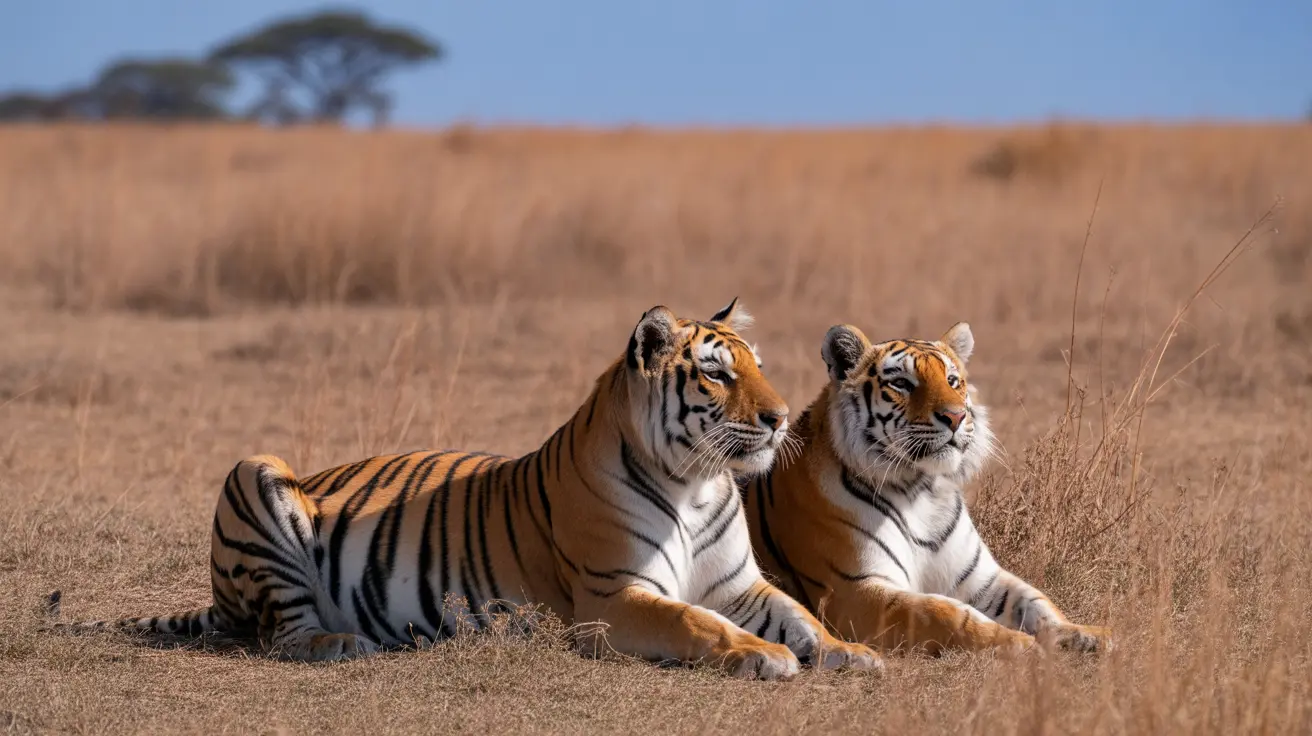Cheetah vs. Greyhound: Who's the Fastest Animal?
When it comes to sheer speed, few animals inspire awe like the cheetah and the greyhound. Both are built for speed but operate in vastly different environments. While the cheetah rules the African savannah, the greyhound sprints across racetracks. This article examines which of these incredible creatures is faster and what makes them masters of speed.
Top Speeds Compared
- Cheetah: Top speed of 60–70 mph (96–113 km/h)
- Greyhound: Top speed of 40–45 mph (64–72 km/h)
The cheetah clearly wins in terms of maximum velocity. However, the nature of their speed and endurance differs significantly.
Speed Mechanics: What Makes Them Fast?
Both animals have unique physiological traits that make them fast sprinters:
- Cheetahs have large nasal passages for increased oxygen intake, long flexible spines, and non-retractable claws for traction.
- Greyhounds possess slim, aerodynamic bodies, deep chests for lung capacity, and long limbs that extend their stride.
Acceleration and Agility
The cheetah is not only faster at top speed but also accelerates more quickly. A cheetah can go from 0 to 60 mph in just about 3 seconds, matching some sports cars. This is due to their exceptional muscular build and traction capabilities. Greyhounds, while incredibly nimble, cannot match this level of acceleration.
Speed Duration
Despite their speed, cheetahs can only maintain their top speed for about 20–30 seconds before overheating. Greyhounds, on the other hand, can maintain their speed longer, up to 30–60 seconds in sprint races, due to better stamina relative to their size and muscle mass.
Purpose of Speed
Their speed serves different purposes:
- Cheetahs use their speed purely for hunting, relying on short, explosive chases to catch prey.
- Greyhounds are selectively bred for racing and coursing, showcasing sustained speed over controlled environments.
Training and Environment
Greyhounds benefit from human-guided training programs, track conditions, and veterinary care that optimize performance. Cheetahs, by contrast, rely solely on instinct, natural conditioning, and survival necessity. Their exposure to the rugged savannah shapes their ability to run and maneuver rapidly through terrain.
Real-World Racing Comparisons
If the two were ever to race on a track, the cheetah would likely win over a short distance because of its explosive speed. However, in longer races or multiple sprints, the greyhound could potentially outlast the cheetah due to better endurance and conditioning.
Implications for Pet Owners
While cheetahs are wild animals and not suitable as pets, greyhounds make wonderful companions. Known for being gentle and affectionate, retired racing greyhounds are popular pets. Their sprinting ability does not necessarily translate to high-energy needs; in fact, most greyhounds are content with moderate exercise.
Conclusion
To summarize:
- Cheetah: World’s fastest land animal. Top speed: ~70 mph. Short bursts.
- Greyhound: Fastest dog breed. Top speed: ~45 mph. Longer endurance.
While the cheetah holds the crown for absolute speed, the greyhound remains unmatched among domesticated animals. Each showcases a different adaptation of speed — one for survival, the other for sport.





